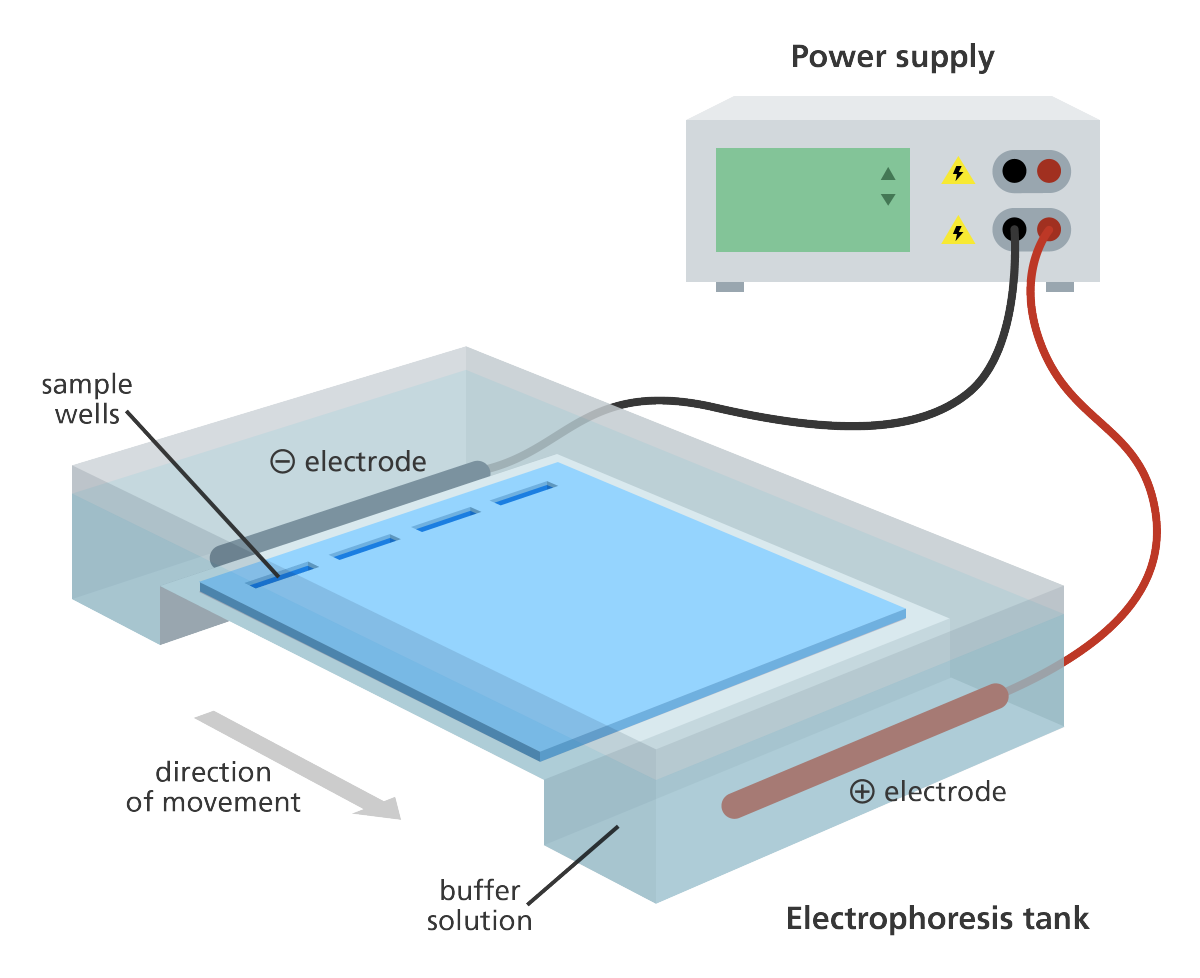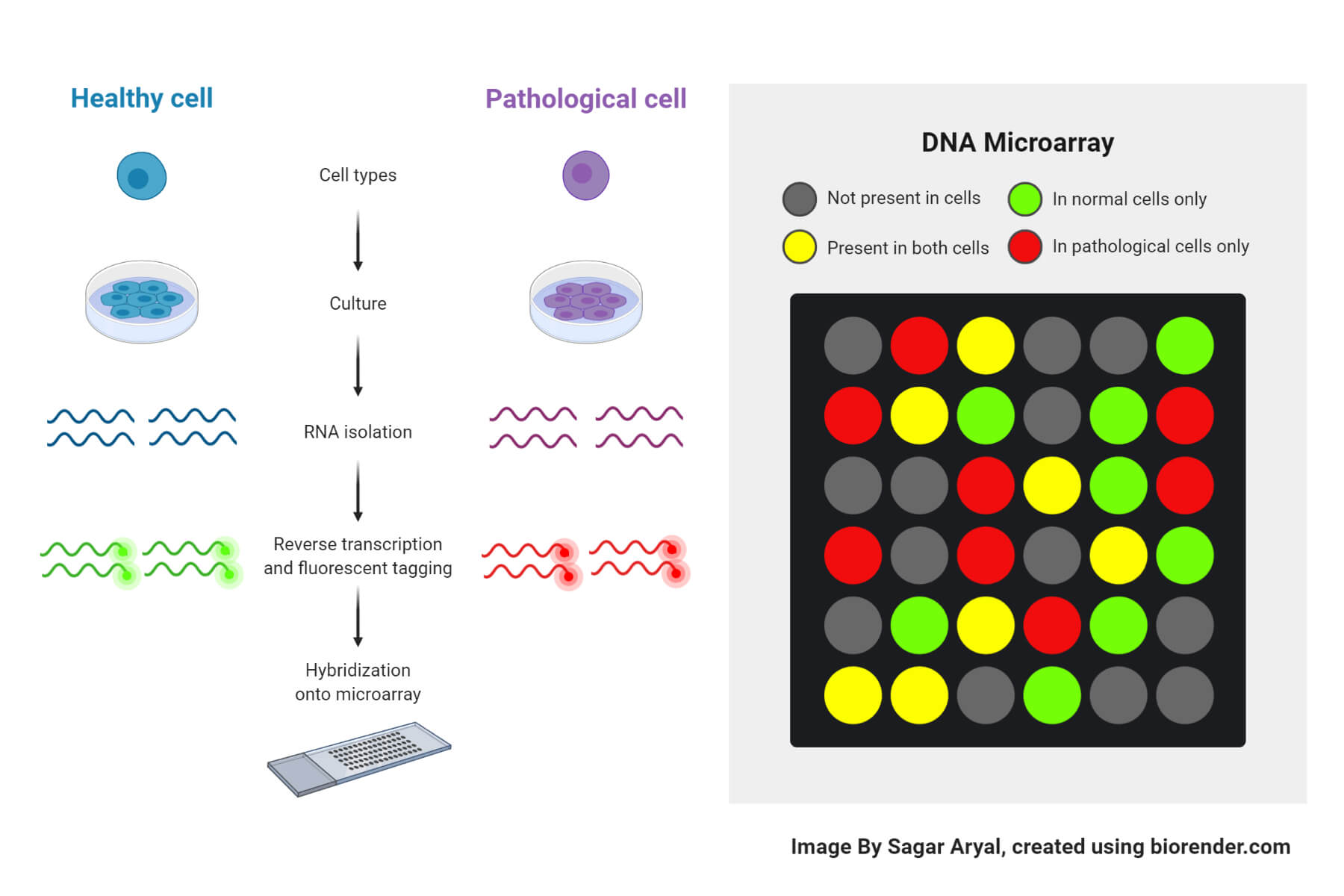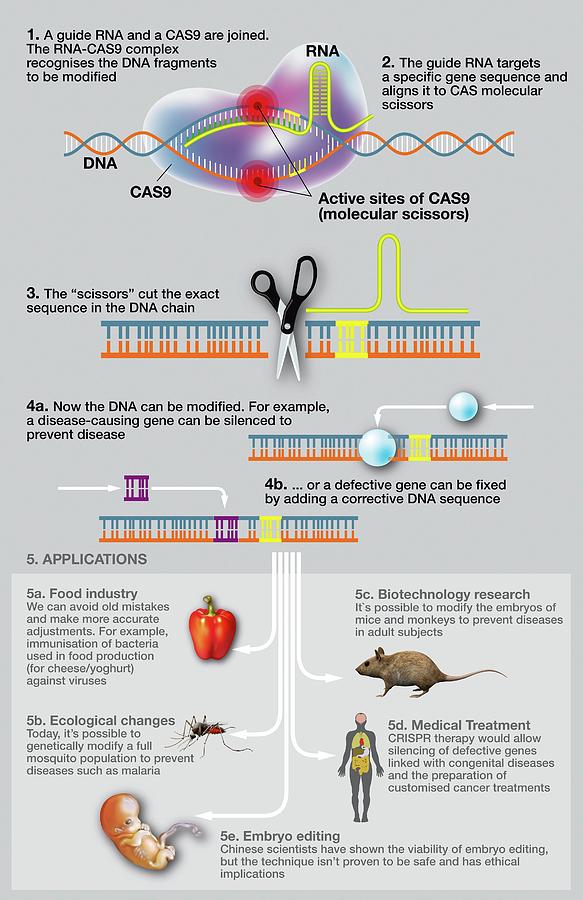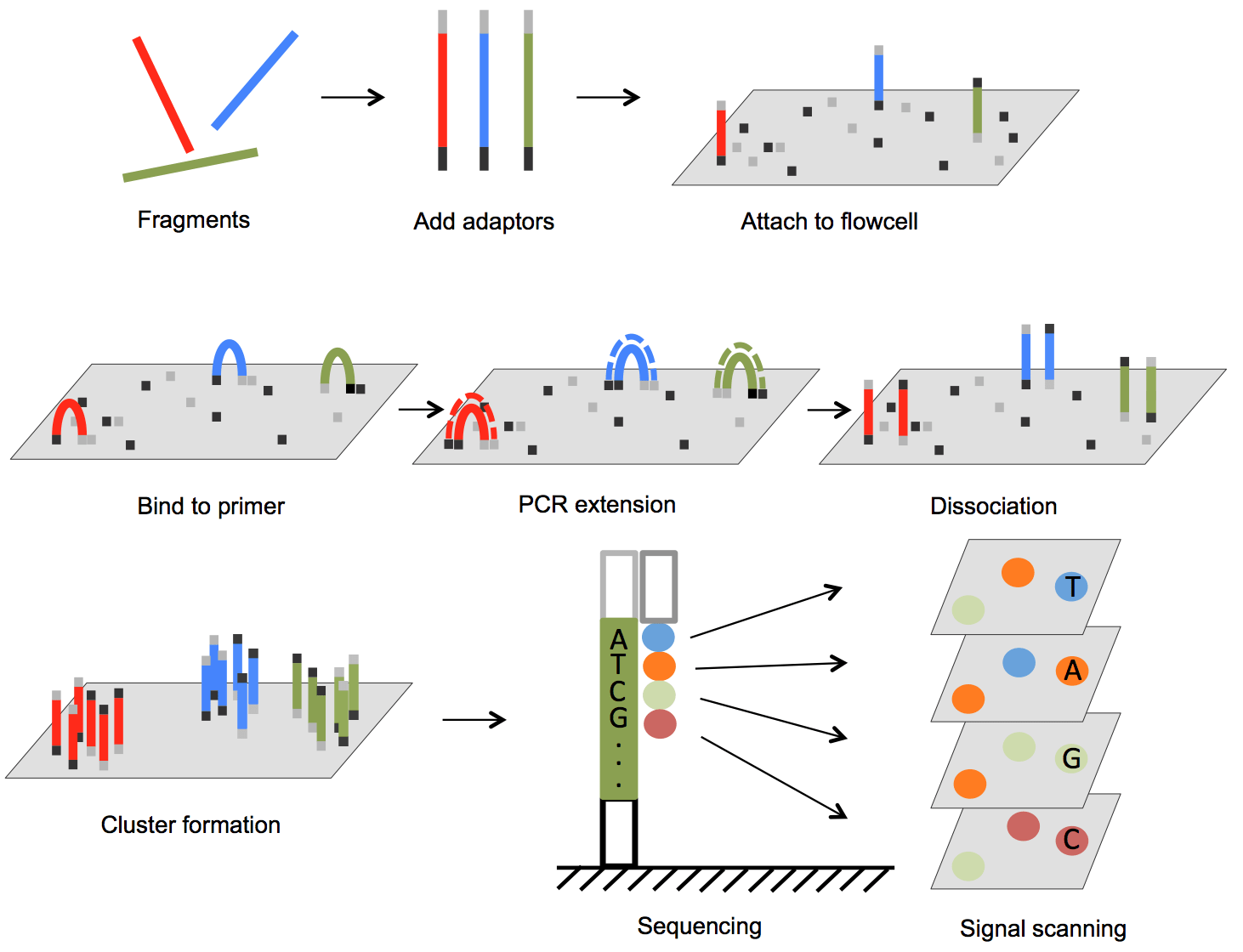Molecular Techniques Presentation
| Introduction to Molecular Techniques | ||
|---|---|---|
| Molecular techniques are laboratory methods used to study and analyze DNA, RNA, and proteins. These techniques allow scientists to understand the genetic makeup and function of organisms. Molecular techniques have revolutionized fields such as genetics, biotechnology, and medical research. | ||
| 1 | ||
| Polymerase Chain Reaction (PCR) | ||
|---|---|---|
| PCR is a widely used molecular technique to amplify a specific DNA fragment. It involves repeated cycles of heating and cooling to denature, anneal, and extend DNA. PCR is used in various applications, including DNA sequencing, genetic testing, and gene expression analysis. | ||
| 2 | ||
| Gel Electrophoresis | ||
|---|---|---|
| Gel electrophoresis is a technique used to separate DNA, RNA, or proteins based on their size and charge. It involves applying the sample to a gel matrix and applying an electric field to move the molecules. Gel electrophoresis is essential for DNA fingerprinting, DNA sequencing, and protein analysis. | ||
| 3 | ||
| DNA Sequencing | ||
|---|---|---|
| DNA sequencing is a molecular technique used to determine the order of nucleotides in a DNA molecule. It has revolutionized genetic research and has applications in fields such as medicine and forensics. Modern DNA sequencing methods, such as next-generation sequencing, allow for faster and more accurate sequencing. | ||
| 4 | ||
| PCR-Based Techniques | ||
|---|---|---|
| PCR-based techniques, such as reverse transcription PCR (RT-PCR), are used to study gene expression. RT-PCR allows the quantification of mRNA levels and the detection of specific RNA sequences. Other PCR-based techniques include quantitative PCR (qPCR), digital PCR, and multiplex PCR. | ||
| 5 | ||
| Recombinant DNA Technology | ||
|---|---|---|
| Recombinant DNA technology involves the manipulation of DNA molecules to create new combinations. It allows the insertion of foreign DNA into host organisms, leading to the production of recombinant proteins. Recombinant DNA technology has numerous applications in biotechnology, including the production of therapeutic proteins and genetically modified organisms. | ||
| 6 | ||
| DNA Microarray | ||
|---|---|---|
| DNA microarray is a high-throughput technique used to measure the expression levels of thousands of genes simultaneously. It involves hybridizing labeled DNA or RNA samples to a microarray slide containing thousands of gene probes. DNA microarrays are used for gene expression profiling, disease diagnosis, and drug development. | ||
| 7 | ||
| CRISPR-Cas9 Genome Editing | ||
|---|---|---|
| CRISPR-Cas9 is a revolutionary molecular technique for precise gene editing. It allows scientists to modify specific DNA sequences in the genome with high efficiency. CRISPR-Cas9 has enormous potential in agriculture, medicine, and basic research. | ||
| 8 | ||
| Next-Generation Sequencing (NGS) | ||
|---|---|---|
| Next-generation sequencing is a high-throughput DNA sequencing technique that enables the sequencing of millions of DNA fragments simultaneously. It has greatly accelerated genomic research and allows for the identification of genetic variations and mutations. NGS has applications in personalized medicine, cancer genomics, and evolutionary biology. | ||
| 9 | ||
| Conclusion | ||
|---|---|---|
| Molecular techniques have revolutionized our understanding of genetics and have numerous applications in various fields. These techniques continue to evolve and improve, enabling researchers to uncover new insights into the molecular basis of life. The future of molecular techniques holds great promise for advancements in personalized medicine, gene therapy, and synthetic biology. | ||
| 10 | ||
| References (download PPTX file for details) | ||
|---|---|---|
| Alberts, B., Johnson, A., Lewis, J., Raff, M.... Sambrook, J., Fritsch, E. F., & Maniatis, T. ... Bustin, S. A. (2000). Absolute quantification... |  | |
| 11 | ||









